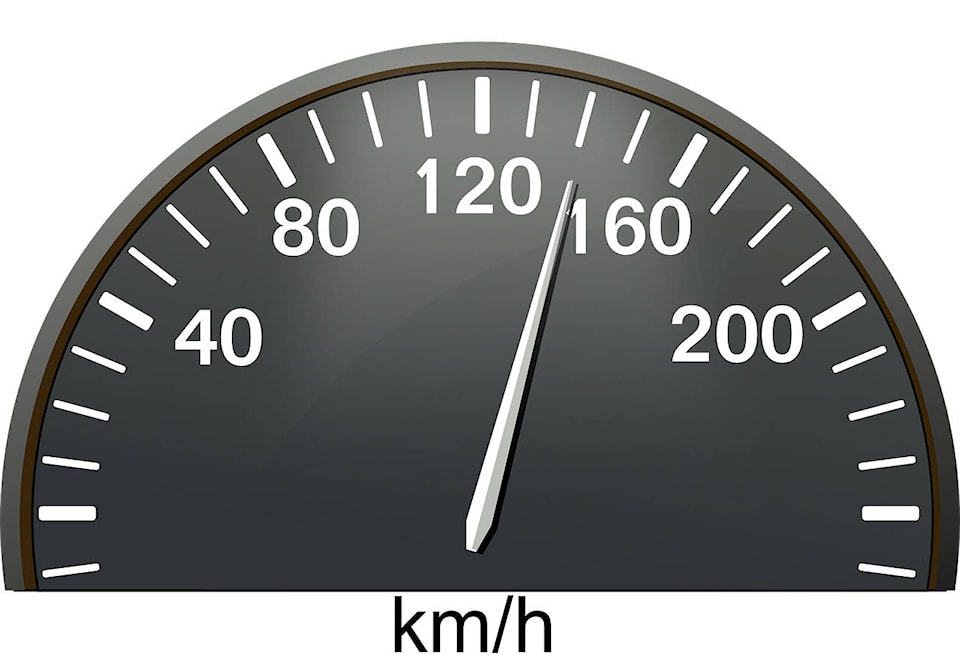To the editor:
The number of people injured in motor vehicle accidents in B.C. has grown 32 per cent during the past six years. We now have the third highest cost per capita of motor vehicle crashes in Canada, an annual cost of $574,000,000. The Union of BC Municipalities, The BC Provincial Health Officer (PRW Kendall), ICBC and police across Canada recommend the use of electronic speed monitoring to control speeding.
Red light cameras are currently used to catch drivers running red lights. Otherwise known as automated camera enforcement, this technology can detect cell phone use as well. Camera speed monitoring is used world wide because it is economical to use and it works. This is pointed out by the Insurance Institute for Highway Safety. During the first year of its use in B.C. in 1996, a 25 per cent reduction in motor vehicle crashes and a 17 per cent reduction in fatalities was recorded. The result was a saving of $143,000,000 which was far more than the cost of implementing it. The 17 per cent who did not become fatalities represents a saving that can’t be quantified. Unfortunately , this technology was removed from B.C. with the subsequent increases noted above.
We don’t need to go far to see evidence of it’s successful results in other provinces. Quebec has employed it and recovered the cost in less than a year. Regina, Saskatoon and Moose Jaw have seen steadily decreasing speeding infractions. The Ring Road in Regina has seen decreases in speeding : Jan. 2015 38 per cent, Jan. 2016 14 per cent and Jan. 2017 12 per cent. Mayors have noted that traffic has been slowed especially in high volume areas such as school zones. Several municipalities have attempted speeding controls such as narrowing streets, speed bumps, flashing speed reader signs, and other engineering only to find very limited results at high expense.
Death and injury is a direct exponential function of speed (twice the speed means four times the damage). In cities, speeding is no less an issue than on highways. Surviving an auto/pedestrian collision at 32 km/h is around 95 per cent whereas at 64 km/h, the survival rate is only about five per cent. The carnage taking place in B.C. is recorded and the projected increase in ICBC premiums over the next five years is a 42 per cent compounded rate.
Finally , an absurd contradiction of common sense: Radar detectors are not legal in any province in Canada except B.C., Alberta and Saskatchewan. B.C., however, is the province that does not use electronic speed monitoring making it the wild west of speed enforcement. It would seem that speeding is a right in B.C. since avoidance is legal but enforcement is not legal by camera detection. It is analogous to arming the speeders and disarming the police. In Kelowna, a city with the one of the highest reported crime rate in Canada, it is little wonder there are too few officers on the road to catch the speeders.
It’s time to help our law enforcement people and reinstate electronic speed monitoring to make B.C. a safer place to live and drive. We can’t afford not to.
Fred Evans, Kelowna
